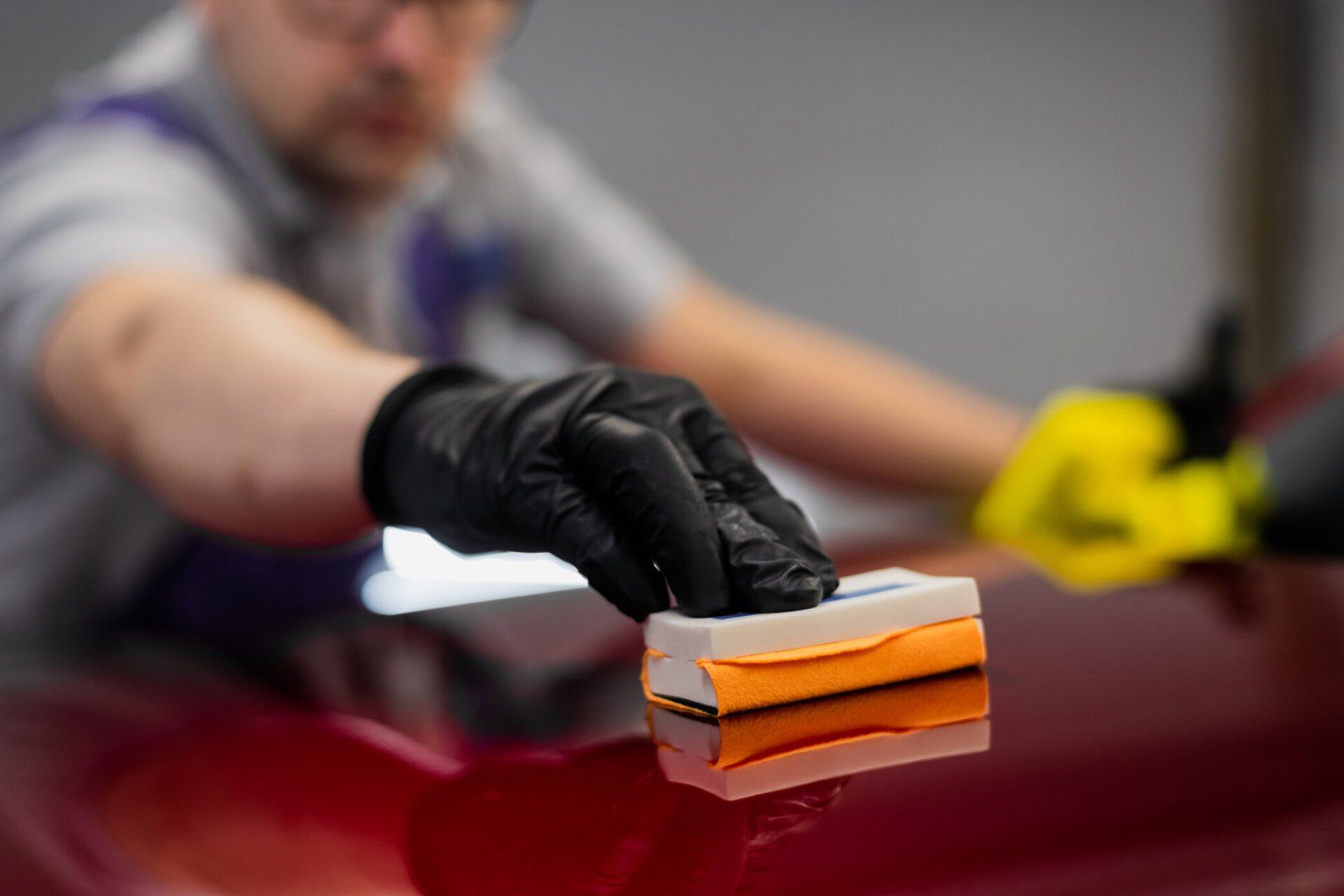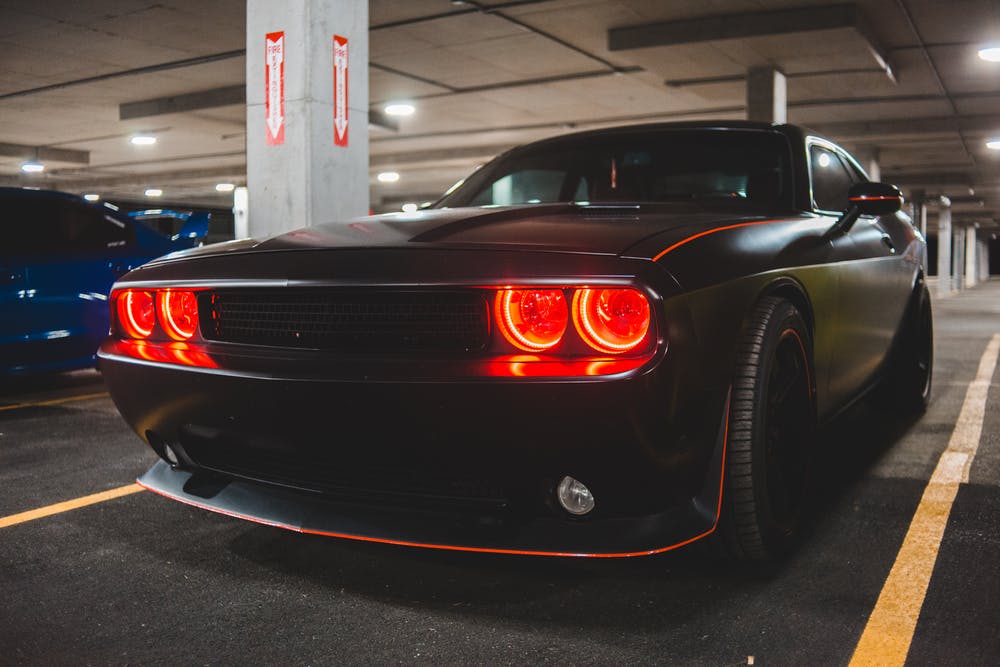Choosing the right detailing service is critical if you want your car to look absolutely flawless. Everything from a simple car wash to more complicated options could be considered. However, with so many options available, this can be a daunting task.
You have to look beyond the scope of a simple car wash, considering issues like water spots and the quality of the microfiber towels used. These services may cause more harm than good to your beloved vehicle if chosen carelessly.
In this blog, you will learn about the top 3 common yet potentially costly mistakes that car owners frequently make when deciding on a
vehicle detailing service—and how to avoid them.
Avoiding Subpar Detailing Equipment and Products
One of the most important factors to consider when selecting a car detailing service is the quality of the equipment and products they use. Subpar detailing equipment and products can detract from the overall appearance of your vehicle.
After spending money on a detailing service, you might find that the products used leave streaks, water spots, and swirl marks on your paintwork, the microfiber towels are low-quality, or the equipment is too weak to clean your vehicle's interior.
To avoid such disappointments, it is essential to do your research and ensure that the detailing service you choose utilizes professional-grade materials.
Identifying Professional-Grade Materials
There are certain indicators to look for when evaluating a car detailing service's equipment and products that indicate professional-grade materials.
Firstly, pay attention to the brand names of the products being used. This includes the cleaning solutions as well as the car wash system and microfiber towels. Reputable brands with a long history in the industry frequently produce high-quality products designed specifically for professional use.
Additionally, take note of any certifications or affiliations that the detailing shop may have with recognized organizations or brands. These partnerships can be an indication that the service prioritizes using top-notch materials.
Aside from brands and certifications, another way to identify professional-grade materials is through research and reading customer reviews. Online platforms such as social media, review websites, and forums can provide valuable insights into customers' experiences with specific detailing services.
Pay attention to feedback about the quality of materials used, how well water spots were removed, and whether customers were satisfied with the results.
By avoiding subpar detailing equipment and products and identifying professional-grade materials, you can greatly increase the likelihood of choosing a car detailing service that delivers outstanding results.
Remember, investing in quality materials and a proficient car wash ultimately contributes to the overall appearance and longevity of your vehicle, without any residual water spots.
Avoiding Untrained Staff Members
One of the most common mistakes to avoid when selecting a perfect car detailing service is avoiding inexperienced staff.
While it may be tempting to opt for a cheaper service from someone lacking experience, this can lead to subpar results and potential damage to your vehicle.
Experienced detailers have the knowledge and expertise to handle different types of vehicles and address specific detailing needs.
They know how to effectively use microfiber towels to avoid water spots, and they are well-versed in using the right products and techniques that ensure your car receives the highest quality treatment.
Assume you entrust your prized automobile to an inexperienced detailer who lacks proper training and skill. They may end up using the wrong products on your car's delicate surfaces or failing to properly dry your vehicle, resulting in unsightly water spots.
To avoid such unfortunate scenarios, it is critical to thoroughly vet the workers' expertise and experience before committing to a
car detailing service.
To help you identify whether a car detailer is truly professional or not, keep an eye out for these nine indications of an amateur detailer:
1. Lack of attention to detail: Professional detailers exhibit meticulousness and pay close attention to every nook and cranny of your vehicle.
2. Inadequate equipment: amateur detailers often lack professional-grade equipment, resulting in subpar cleaning and polishing outcomes.
3. Improper washing techniques: Using improper tools or techniques, such as sponges or harsh brushes, can cause damage to your car's paintwork.
4. Skipping necessary steps: Skilled detailers follow a systematic approach, ensuring all necessary steps like decontamination and paint correction are performed.
5. Limited range of services: amateur detailers may offer only basic services without specialized treatments for different parts of the vehicle.
6. Lack of knowledge about products: Professionals stay informed about the latest industry products, techniques, and trends to provide the best results.
7. Poor reviews or reputation: Look for customer feedback and online reviews to gauge the reputation of the vehicle detailing shop before making a decision.
8. Inability to answer questions: A professional car detailer should be knowledgeable and able to address any concerns or questions you may have.
9. Lack of proper certification or training: Skilled detailers often have certifications and undergo continuous training to stay updated with industry standards.
By being aware of these red flags, you can avoid wasting your time and money and potentially damaging your vehicle by entrusting it to an amateur detailer.
Especially, be cautious of services that do not prioritize preventing water spots and proper use of microfiber towels in their car wash procedures.
Minimizing the Possibility of Underspending
One of the most common mistakes people make when selecting a car detailing service is under-budgeting.
To ensure that you receive high-quality service and optimal results, you must budget adequately for the detailing process.
This includes putting money aside for high-quality cleaning products and a professional paint job.
Underestimating the cost of detailing may lead you to accept subpar services or cut corners, reducing the value and longevity of your vehicle's appearance.
To avoid under-budgeting risks, it is crucial to have a clear understanding of the true cost of detailing services.
- A Consumer Reports survey found that nearly 30% of customers were dissatisfied with the results of their chosen car detailing service due to substandard cleaning methods.
- According to a survey by the Auto Detailing Network, 15% of customers reported post-detailing issues like scratches or swirl marks, which could indicate subpar work or improper methods used by the chosen provider.
Decoding the True Cost of Vehicle Detailing Services
Decoding the true cost of detailing services involves considering various factors beyond the initial price tag.
Low-cost services, for example, may appear appealing at first glance, but they may be an indication of potential quality compromises or the use of substandard products.
On the other hand, premium services may come with a higher price point, but they often offer superior materials and expertise that can deliver exceptional results, giving your car an excellent paint job and using only top-notch cleaning products.
To truly understand the cost, it's important to consider what is included in the detailing package.
Compare the services offered by different detailing shops and evaluate whether they align with your expectations and requirements.
Some aspects to consider include exterior and interior detailing, paint correction, polishing, waxing, headlight restoration, and protection coatings.
Additionally, certain specialized treatments, such as leather conditioning or engine bay cleaning, might come at an additional cost.
Consider the reputation and expertise of the detailing service provider as well. A well-established and reputable auto detailing shop may charge slightly higher prices due to their experience, skilled technicians, and quality assurance practices.
The cost may also include high-quality cleaning products and an excellent paint job.
When determining the true cost of detailing services, you must strike a balance between your budget and the level of service you require.
Avoid solely focusing on price as the determining factor, as subpar services or inadequate attention to detail, including the use of inferior cleaning products or a shoddy paint job, can end up costing you more in the long run.
Reach Out To Five Star Automotive Detailing For Professional Car Detailing Services in Owatonna, MN
When choosing a car detailing service, it is critical to avoid three common mistakes: focusing solely on price, failing to inquire about the products and methods used by the detailing service, and failing to check reviews or testimonials from previous customers.
At Five Star Automotive Detailing, you can rest assured that our team of experts will provide your vehicle with the highest-quality detailing services to meet your unique requirements.
So don't hesitate to reach out to us for more information or to get a free consultation today!






